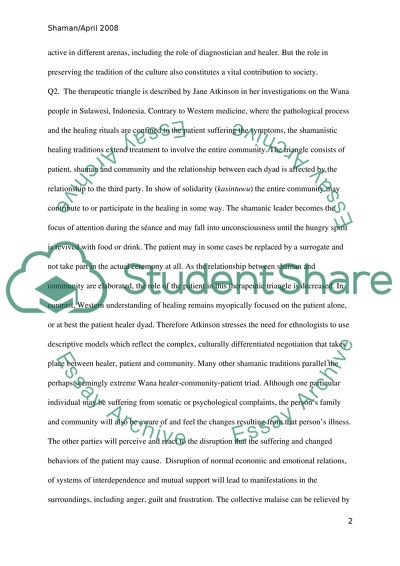Cite this document
(“The Psychosocial Model of Shamanic Trance Assignment”, n.d.)
The Psychosocial Model of Shamanic Trance Assignment. Retrieved from https://studentshare.org/anthropology/1519272-shamanism-essay
The Psychosocial Model of Shamanic Trance Assignment. Retrieved from https://studentshare.org/anthropology/1519272-shamanism-essay
(The Psychosocial Model of Shamanic Trance Assignment)
The Psychosocial Model of Shamanic Trance Assignment. https://studentshare.org/anthropology/1519272-shamanism-essay.
The Psychosocial Model of Shamanic Trance Assignment. https://studentshare.org/anthropology/1519272-shamanism-essay.
“The Psychosocial Model of Shamanic Trance Assignment”, n.d. https://studentshare.org/anthropology/1519272-shamanism-essay.


